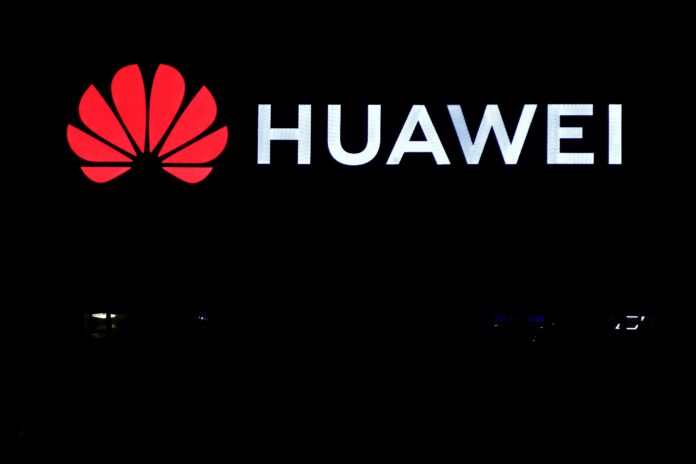Huawei believes that 5G-Advanced technology will enable wireless production and flexible manufacturing with its low latency and high reliability
5G-Advanced technology, or “5.5G”, will pave the way for a wider adoption of connectivity for industrial settings, John Gao, President of Huawei’s 5.5G domain, told RCR Wireless News.
Gao stressed that 5.5G will enable wireless production and flexible manufacturing with its low latency and high reliability, thus accelerating the intelligent transformation of industries.
The executive noted that 5.5G will provide larger system capacities, lower-priced modules and large-scale service provisioning capabilities, which will enable scenarios with hundreds of millions of video connections. Gao also noted that scenarios with more extensively ubiquitous asset logistics can be managed using tags of lower costs and power consumption with 5.5G networks.
“For broadband IoT, such as factories with fully connected core production lines, we’re seeing the formation of a new high-value IoT market. With its ultra-low cost, eRedCap enables operators to tap into a new lower-end IoT market through security and cloud payment applications. For passive IoT, three types of labels are used in different scenarios, such as smart manufacturing and warehousing, retail, and delivery, depending on the characteristics of different industries,” the executive said.
The Huawei executive also highlighted that the future adoption of 5.5G networks will certainly boost connectivity for industries. “In high-tech manufacturing sectors like automobile, electronics, general and specialized equipment, rail, aviation and shipbuilding, operators’ 5.5G networks are becoming integral parts of core production lines and creating business value by improving production capacity, efficiency and sectorial competitiveness,” Gao said.
He went on to say that the deployment of 5.5G technology will pave the way for harmonized communication and sensing networks to support diverse scenarios like smart air, ground, and maritime transportation as well as smart security.
“The application of harmonized communication and sensing in low-altitude supervision and transportation scenarios improves the efficiency of air travel. An increasing number of drones will be used in the future in areas like logistics and delivery. In ground transportation, network sensing technology is used for vehicle-road synergy, which reduces costs for both self-driving vehicles and radar and cameras, and accelerates the monetization of self-driving vehicles,” Gao said.
Commenting about opportunities in offshore marine security, Gao highlighted that operators can deploy harmonized communication and sensing networks to reduce security risks for ships in offshore areas, improve security deployment efficiency by over 50%.
“Network sensing can also be used for a range of applications which have a higher social benefit, like meteorological monitoring, bridge micro-deformation warning and the perimeter security of high-speed railways,” the executive added.
Huawei believes that previous investments made by operators to deploy 5G network infrastructure will be protected with the future launch of 5G-Advanced. Huawei’s president of wireless solution, Cao Ming, recently said during a media roundtable at Huawei’s 14th Global Mobile Broadband Forum (MBBF), held last month in Dubai, in the United Arab Emirates.
The executive said that 5G-Advanced networks will not require large investments by operators in new network architecture and will be launched using 5G Standalone (SA) networks. He also said that Huawei is working with its partners to make sure that future 5.5G applications, devices and services will be fully compatible with current 5G networks.
Huawei had previously said that it planned to launch a complete set of commercial 5.5G network equipment in 2024.
RCR Wireless News published an editorial report dubbed “5G-Advanced deep dive: state of standards, products and use cases”, in which key industry leaders and analysts deep dive into 5G-Advanced progress in terms of standardization, as well as the new features and use cases that it will enable. Click here to access the report.

